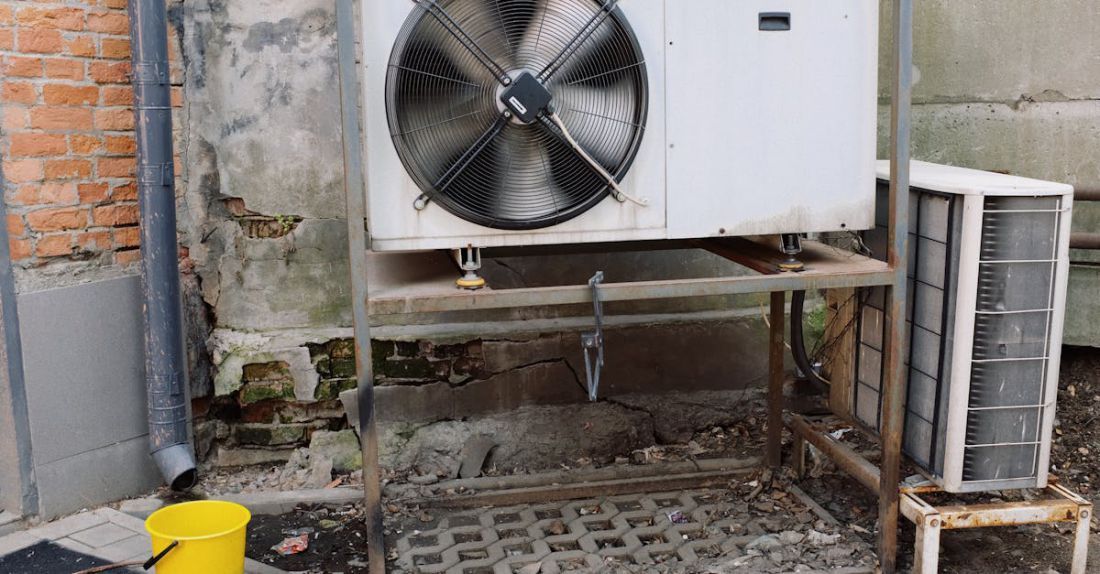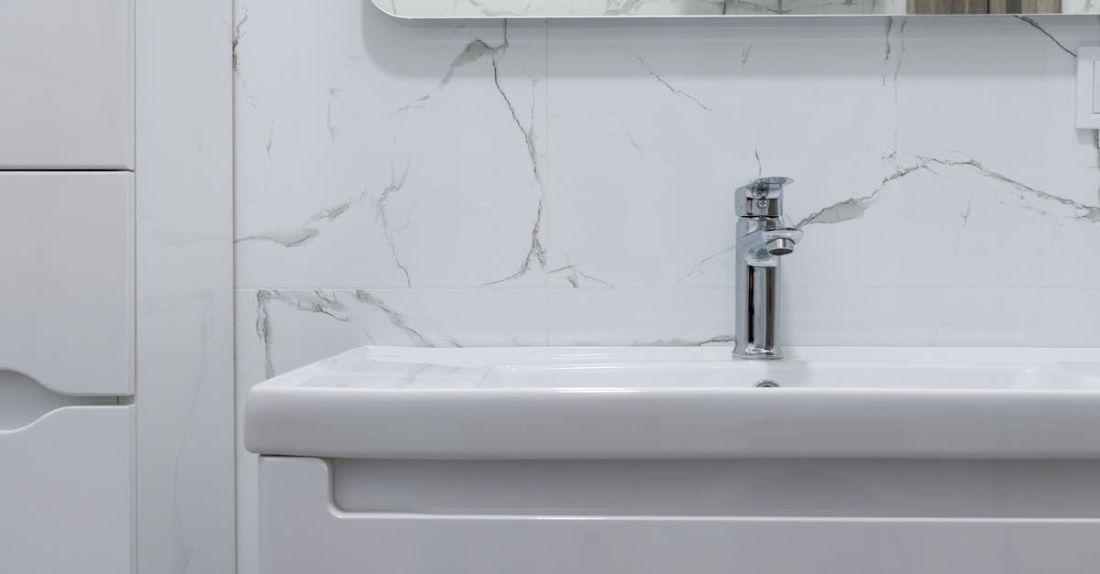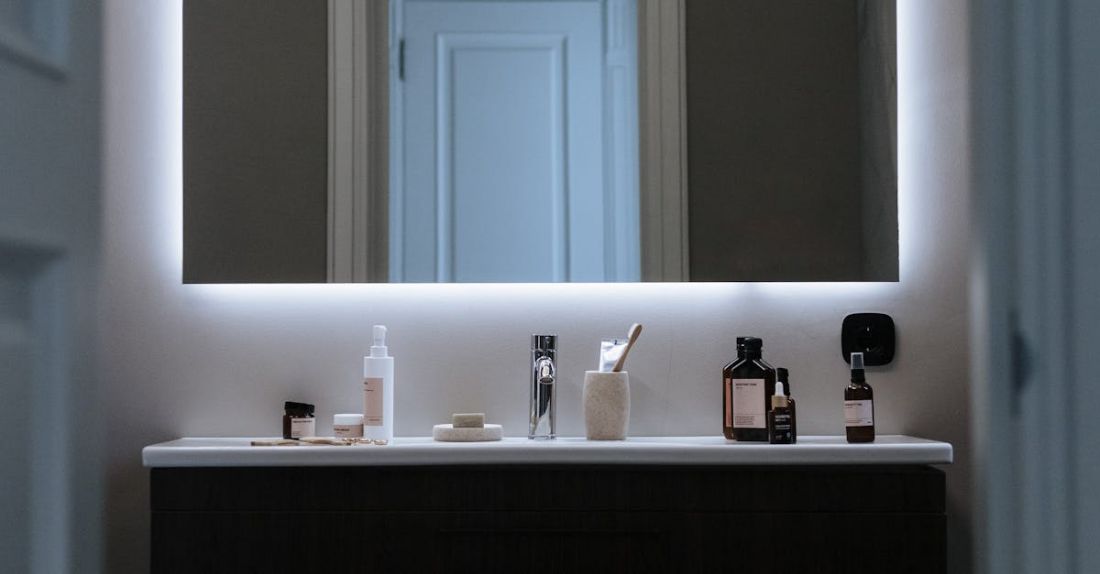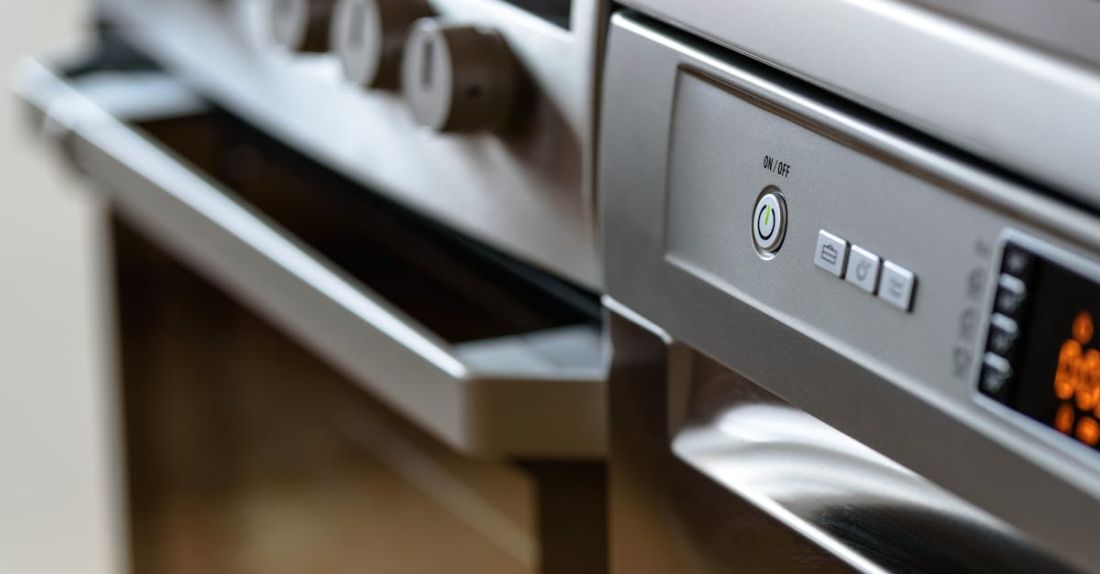
Energy-efficient windows have become a popular choice for homeowners looking to reduce their energy consumption and lower their utility bills. These windows are designed to minimize the amount of heat transfer between the inside and outside of a building, providing better insulation and helping to maintain a more consistent indoor temperature. In this article, we will explore how energy-efficient windows work and the benefits they offer.
### Understanding Energy-efficient Windows
Traditional windows, especially single-pane ones, are not very effective at preventing heat transfer. During the winter, they allow heat to escape from the inside, while in the summer, they let heat in, making it harder for heating and cooling systems to maintain a comfortable temperature indoors. Energy-efficient windows are specially designed to address these issues and provide better thermal insulation.
### Low-E Coatings
One of the key features of energy-efficient windows is the low-emissivity (low-E) coating applied to the glass. This thin, virtually invisible coating is designed to reflect heat back to its source. In the winter, low-E coatings help keep heat inside the house, while in the summer, they reflect the sun’s rays away, reducing the amount of heat that enters the building. This dual functionality makes low-E coatings essential for improving the energy efficiency of windows.
### Insulated Frames
In addition to low-E coatings, energy-efficient windows often feature insulated frames. These frames are made from materials that provide better thermal performance than traditional window frames. Materials like vinyl, fiberglass, and wood with thermal breaks help reduce heat transfer around the window edges, further improving the overall energy efficiency of the window.
### Multiple Panes
Energy-efficient windows also commonly have multiple panes of glass, with a space between each pane. This space is filled with insulating gases like argon or krypton, which are denser than air and reduce heat transfer more effectively. The multiple panes, along with the insulating gas, create a barrier that helps prevent heat from escaping during the winter and entering during the summer.
### Tight Seals
Another important feature of energy-efficient windows is their tight seals. Properly sealed windows prevent drafts and air leakage, which can significantly impact the energy efficiency of a building. Energy-efficient windows are carefully installed to ensure a tight seal around the frame, minimizing heat loss and improving overall insulation.
### Benefits of Energy-efficient Windows
The use of energy-efficient windows offers a range of benefits for homeowners. By reducing heat transfer, these windows help maintain a more consistent indoor temperature, reducing the need for heating and cooling systems to work overtime. This can lead to lower energy bills and increased savings over time. Additionally, energy-efficient windows can improve the overall comfort of a home by reducing drafts and minimizing temperature fluctuations.
### Conclusion
In conclusion, energy-efficient windows work by incorporating various features that help minimize heat transfer and improve thermal insulation. From low-E coatings to insulated frames and multiple panes, these windows are designed to enhance energy efficiency and provide a range of benefits for homeowners. By investing in energy-efficient windows, homeowners can lower their energy consumption, reduce their utility bills, and create a more comfortable living environment.





